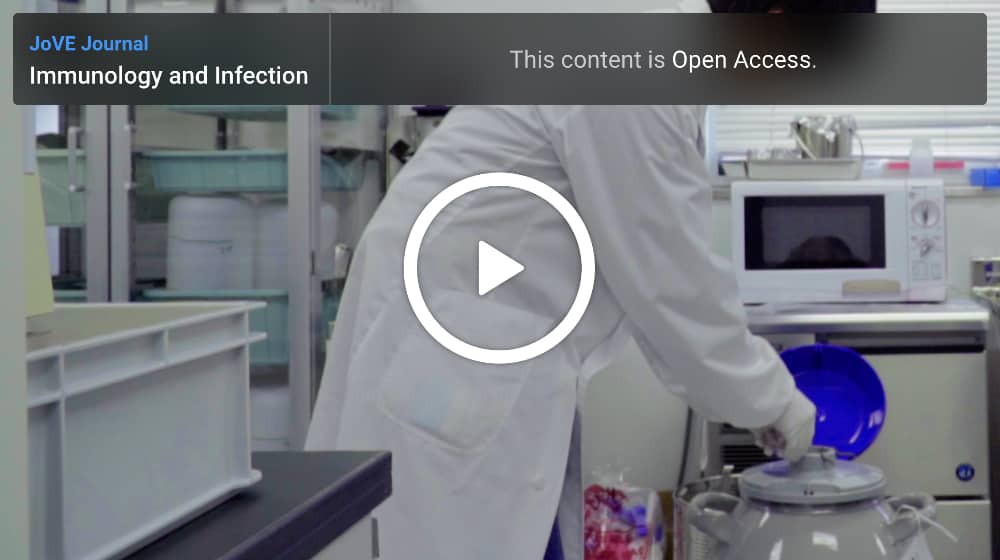New article of Yifan Zhu (PhD student) has been published in Water Research.
OPEN ACCESS!!!
Virus removal by membrane bioreactors: A review of mechanism investigation and modeling efforts
Yifan Zhu, Rong Chen, Yu-You Li, Daisuke Sano
Water Research
Backgrounds: Waterborne enteric viruses in wastewater pose a serious threat to public health, to keep up with the increasing demand for water supply while complying with the stringent water quality requirements, modern wastewater treatment technology needs to deliver stable and decent virus removal performance. In recent years, the family of membrane bioreactors has received substantial attention for its advantages over conventional wastewater treatment processes. By featuring a membrane for biomass retention, a bonus is effective virus particle retention, which has been given high hope as this may expand the usage of reclaimed wastewater. However, this process is jointly contributed by many factors via complex physicochemical and biological mechanisms and needs to be broken down for better interpretation. Also, learning from the way the food industry handles quality control, many modern water safety management frameworks such as the Water Safety Plans (WSP) and Sanitation Safety Planning (SSP) favor preventive measures and real-time monitoring, but as direct virus detection methods tend to be time-consuming, establishing a mathematical model for virus removal prediction is proposed as an alternative.
Main points: This study provides an in-depth review of both the mechanisms involved in MBR virus removal and the related modeling efforts. Previous studies have stated that membrane bioreactors can offer superior virus removal performance that enables the safe reuse of wastewater, but the actual performance varies greatly depending on the operating conditions. Apart from direct membrane rejection, the adsorption onto suspended biomass and retention from membrane fouling, both resulted from the growth of biomass within the reactor, are also major contributing factors. The membrane resistance and the quantity of biomass are the two factors most correlated with virus removal. In terms of modeling, however, despite many attempts, the intricate underlying mechanisms and complex relationship between involved factors make developing a physical model a challenging task as the workload to calibrate parameters and coefficients may go beyond the scope of practical use. Alternatively, in recent years, data-driven methods have been increasingly employed for water quality prediction and reactor control, with the overwhelming superiority in solving nonlinear models, some of them may be suitable for the task of virus removal modeling as well.
This study was supported by JST-SICORP (JPMJSC18H6) and the National Key Research and Development Program of China (2017YFE0127300) and has been published in Water Research on 2020/10/14.


